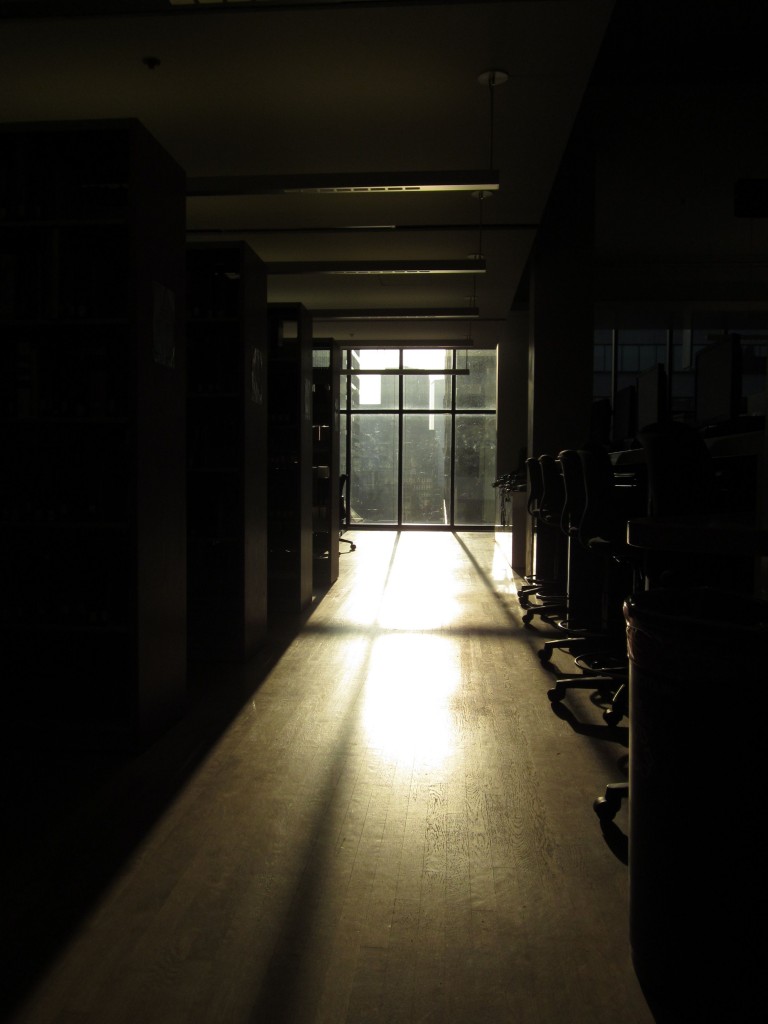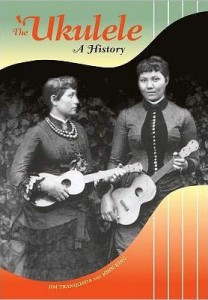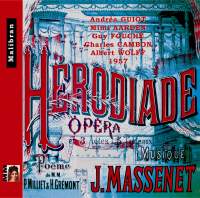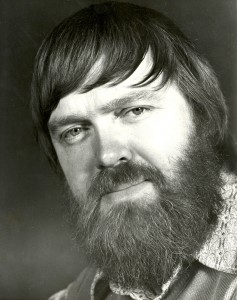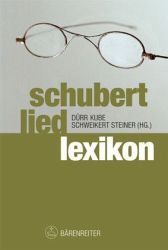Every Autumn, early risers in Montreal are treated to some spectacular displays of solar energy. In the days leading up to Halloween and the Celtic Festival of Samhain, the sun and our modern Stonehenge of office towers align to produce inspiring bridges of light across the south end of the Marvin Duchow Music Library floors. A great way to start the day!
Sounds from the field
Welcome to Sounds from the field: what I hope will be regular blog entries on library collection additions related to contemporary, electronic/electroacoustic, and experimental music. To start the ball rolling, musical/hardware offerings from Tristan Perich.
When is a CD not a CD? When it’s an electronic sound-making device! This summer the Music Library acquired a copy of 1-Bit Symphony by New York composer and visual artist Tristan Perich. Described as an “electronic composition in five movements on a single microchip”(1), this object is both the musical composition and the hardware (microchip, toggle selector, volume control, battery, on-off switch and headphone socket) to reproduce the composition. It’s the ultimate in WYSIWYG (what you see is what you get)!
Though in recent years there’s been a penchant in electronica for 8-bit digital audio (think Space Invaders video games) Perich is exploring the sound world of beeps and blips from the most basic of everyday electronics. As Sukhdev Sandhu notes “only alarm clocks or microwaves deal in one-bit tones”(2). Nonetheless, the non copyrighted music is surprisingly arresting, engaging the listener through repetitive tonal motifs ranging from a simple melody to multi-layered complexity.
From a library staff perspective this item presents wonderful challenges for descriptive cataloguing (hence 1 electronic sound-making device) and circulation (it comes in a handy CD container, to which we have added our library call number of CD 28028). Fetchingly minimalist, both musically and visually, I recommend the hands-on approach to listening to this piece. You can even examine the programming code on the accompanying liner notes! However, the musical recording of this work is also available online through Naxos Music Library.
Four Strings Good
The ‘Ukulele: A History (University of Hawai’i Press, 2012 : ML1015 U5 T73 2012) was clearly a labour of love for authors Jim Tranquada and influential performer, the late, lamented John King. To date, it is the best presentation of the instrument’s Portuguese-Hawaiian origins, early history, and undulating fortunes in the wake of the initial mania generated by its appearance at the 1915 San Francisco Panama-Pacific Exposition. Included is a generous selection of historical photographs and advertisements supporting the authors’ positions on ukulele history and reception. Collectors and performers will be interested in the two appendices that conclude the main text: Chronological List of Early Hawaiian Luthiers, and Annotated Checklist of Selected ‘Ukulele Methods and Songbooks, 1894-1920. Informative, entertaining and wonderfully documented, the book is only marred by an occasional defensiveness in tone, most pronounced when the text addresses negative public and journalistic perceptions. The modern ukulele revival, now two decades old, is not covered extensively, but the section does introduce several of the movement’s central figures. Here are a few YouTube performances to illustrate the ukulele in a variety of modern stylistic contexts:
- Jake Shimabukuro’s virtuosic take on Queen’s Bohemian Rhapsody
- The Ukulele Orchestra of Great Britain version of The Good, The Bad and The Ugly by Ennio Morricone
- Polka Dots and Moonbeams + Moonlight in Vermont (jazz from Lyle Ritz)
- Gaspar Sanz: Spanish Baroque Suite. From France, this is one of Valéry Sauvage’s many early music adaptations for ukulele
Aloha, malama pono!!
A more portable Chicago style guide!
- The Chicago Manual of Style = 1026 pages
- MDML’s “Citing Music Resources Using Chicago Style” = 5 pages!
Inspired by a music citation guide prepared by Prof. Julie Cumming for past Schulich School of Music courses, Music Library staff have produced an updated guide based on the 16th edition of The Chicago Manual of Style. The most commonly consulted rules for bibliography format are summarized and models are provided for all major types of documents, with an emphasis on music resources (e.g. scores, recordings, Grove articles).
Find the guide, “Citing Music Resources Using Chicago Style (Bibliography Format),” on the Library’s website, along with other reference sources for style manuals, writing guides, and citation guides. Of course, the complete Chicago Manual of Style (online and in print) is still the essential guide to issues of complex citation as well as general writing style and manuscript preparation.
For a look at the broader issue of academic integrity, see Brian’s recent blog post on the topic.
And–ACTION!
As ever, there’s rarely a quiet moment around the Music Library. This year saw a flurry of library instructional initiatives including one which was part of the McGill School of Information Studies (SIS) graduate student practicum programme. SIS student Mark Rowland—supervised by Music Liaison Librarian Cathy Martin, with additional input from the Music Library staff—wrote, filmed and edited two instructional videos: Finding Scores in Complete Works Editions Using Grove Music Online and Finding Recordings Using the Catalogues and Online Sources. These videos, we hope, are an important way to offer detailed yet highly-accessible instruction to our library users.
 For my part, I was the “face” in front of the camera. Whilst it is somewhat of a shock to suddenly see how you must appear to everyone else in real life (in my case, sort of a library equivalent of Mr. Bean reading the BBC news) filming these videos was a valuable experience. It forced me to think about the ways we communicate within the context of library instruction and how our presentation might be perceived by our users. It was great fun, too!
For my part, I was the “face” in front of the camera. Whilst it is somewhat of a shock to suddenly see how you must appear to everyone else in real life (in my case, sort of a library equivalent of Mr. Bean reading the BBC news) filming these videos was a valuable experience. It forced me to think about the ways we communicate within the context of library instruction and how our presentation might be perceived by our users. It was great fun, too!
More recently Cathy Martin—with staff input—wrote a third video script Using Uniform Titles to Find Scores and Recordings. Filmed by Library Assistant Gabrielle Kern, the video is currently in “post production” and slated for “release” later this semester. Apparently the blooper reel is rather long, this time around!
2012: Celebrating Massenet, Cage, and Solti
This year, the classical music community celebrates centenary anniversaries of three musical titans, composers Jules Massenet (1842-1912) and John Cage (1912-1992), and conductor Georg Solti (1912-1997). The Marvin Duchow Music Library’s audio/video collection provides a great starting point for those wishing to explore their influential contributions. Here are a few recommended recordings to begin the journey.
Jules Massenet: Recently acquired, the Blu-ray version of Manon with Anna Netrebko and Rolando Villazón [DVD 2085] features moving performances and fantastic sonics. On a related note, members of the McGill community can access medici.tv’s streaming video service to see ‘Une Journée à Lyon avec Rolando Villazón,’ a fascinating French film documenting Villazón’s approach to staging Massenet’s Werther.
Reveling in luxuriant mid-twentieth-century European vocal sound and style, Hérodiade [CD 29165] was recorded in 1957 and released in 2011. It stars French diva Andréa Guiot as Salomé, Dutch soprano Mimi Aarden in the title role, tenor Guy Fouché as Jean, and baritone Charles Cambon as Hérode. Four works from Massenet’s piano output are well served in a recent recording by award-winning French pianist Jean-Efflam Bavouzet [CD 28804].
John Cage: Mode Records, self-described as ‘A record label devoted to New Music,’ has been doing a phenomenal job presenting the music of such progressive luminaries as Feldman, Scelsi, Xenakis, Subotnick, Reynolds, and, of course, Cage. In volume 34 of Mode’s Cage Edition, internationally-lauded pianist Margaret Leng Tan brings her ‘A’ game to the world premiere recording of Chess Pieces (reconstructed from an exhibition painting!) and the classic Sonatas and Interludes for prepared piano [DVD 2171]. Audio excerpts can be heard here.
Georg Solti: Audio recordings of Mozart’s Le Nozze di Figaro [CD 261] and Mahler’s Symphony no. 2 [in Mahler/Symphonies no. 1-9 – CD 2747] are two of the conductor’s numerous Grammy Award-winning releases. View the complete list here. Solti devotees may also be interested in a couple of DVDs documenting the great conductor’s musical process: Solti, the making of a maestro [DVD 155] and Georg Solti in rehearsal [DVD 924].
(In)Famous Friday Facts
“When photocopying, spiritual guidance is great but you may still have to do the math.” –David Curtis
Academic integrity in the Music Library
To assist with the Schulich School of Music’s first-year orientation process, I’ve identified a few resources that deal with academic integrity. Entering a new academic environment with expectations of research can be bewildering for new students, so having a few guidelines can help clarify expectations.
What I really appreciate about the School of Music is its emphasis on academic integrity as a characteristic of good scholarly citizenship. A student, when writing a paper, making a presentation, or giving a lecture-recital, is joining a ongoing scholarly conversation. Acknowledging one’s sources is an act that shows respect for one’s listener/reader and for the experts one has drawn on. It also compels respect for the new author who engages ethically with the conversation.
Here are a few resources we in the Library recommend for starting off on the right foot:
- Music style guides and citation manuals
A subject guide compiled by the Music Library staff with lists of resources that deal with the thorny issues of dealing with music in print or in presentations. - Charles Lipson’s book Doing Honest Work in College (on reserve in the Music Library)
An easy-to-read, clear overview of note-taking techniques, paraphrasing, quotation, and bibliographic citation, with a summary of correct citation style for the principal types of sources (books, journal articles, sections of books, etc.) in a variety of styles including Chicago, MLA, and APA.
- McGill academic integrity: Keeping It Honest
The scenarios section of this online tutorial brings up issues beyond paper-writing, which might prove eye-opening for students. See how the principle of academic integrity applies in various situations, such as exams, group work, homework, lab reports, etc.
And remember to speak with your profs, TAs, or a library staff member for any clarification.
Paul Pedersen Collection finding aid
The Paul Pedersen Collection archive finding aid is now available on-line!
Professor Pedersen is a composer, pedagogue and former dean of both the Schulich School of Music at McGill University and the Faculty of Music at the University of Toronto.
The Collection, housed in the Marvin Duchow Music Library’s rare book and special collections room measures 18 linear feet and contains over 8000 items. It consists of professional materials that span much of Paul Pedersen’s career in music and education including compositional sketches and drafts, literary writings, teaching materials, photographs, correspondence, etc.
For access to the collection, Monday-Friday, 9-5, please contact Cynthia Leive for an appointment.
New thematic catalogue of Schubert Lieder
I made a felicitous discovery late yesterday while scanning the Library’s new acquisitions shelf: Schubert Liedlexikon, prepared by Walther Dürr, Michael Kube, Uwe Schweikert, and Stefanie Steiner. It’s a wonderful new thematic catalogue of all of Schubert’s songs. Following Otto Erich Deutsch’s indexing of Schubert’s works, the book arranges the songs chronologically by date of composition. Each entry provides the title, Deutsch number, name of poet, a thematic incipit, the full text (with German translations of those few foreign-language texts Schubert set), and a brief discussion of the text and music. A brief closing note gives the vocal range of the piece (in the original key), its location in both the Neue Schubert-Ausgabe (the more recent Schubert collected works edition) and the 7-volume Peters edition, source of the original text, and a brief bibliography for further reading.
In the appendix you’ll find brief bios of the poets with a list of their settings by Schubert. Three indices provide further access to people, both mythological (Achilles) and real (J. R. Zumsteeg), song titles, and authors of the entries.
Being a Bärenreiter publication, the type and presentation are immaculate and the music excerpts are compact but legibly reproduced. Highly recommended for students and lovers of Lied who read German!

